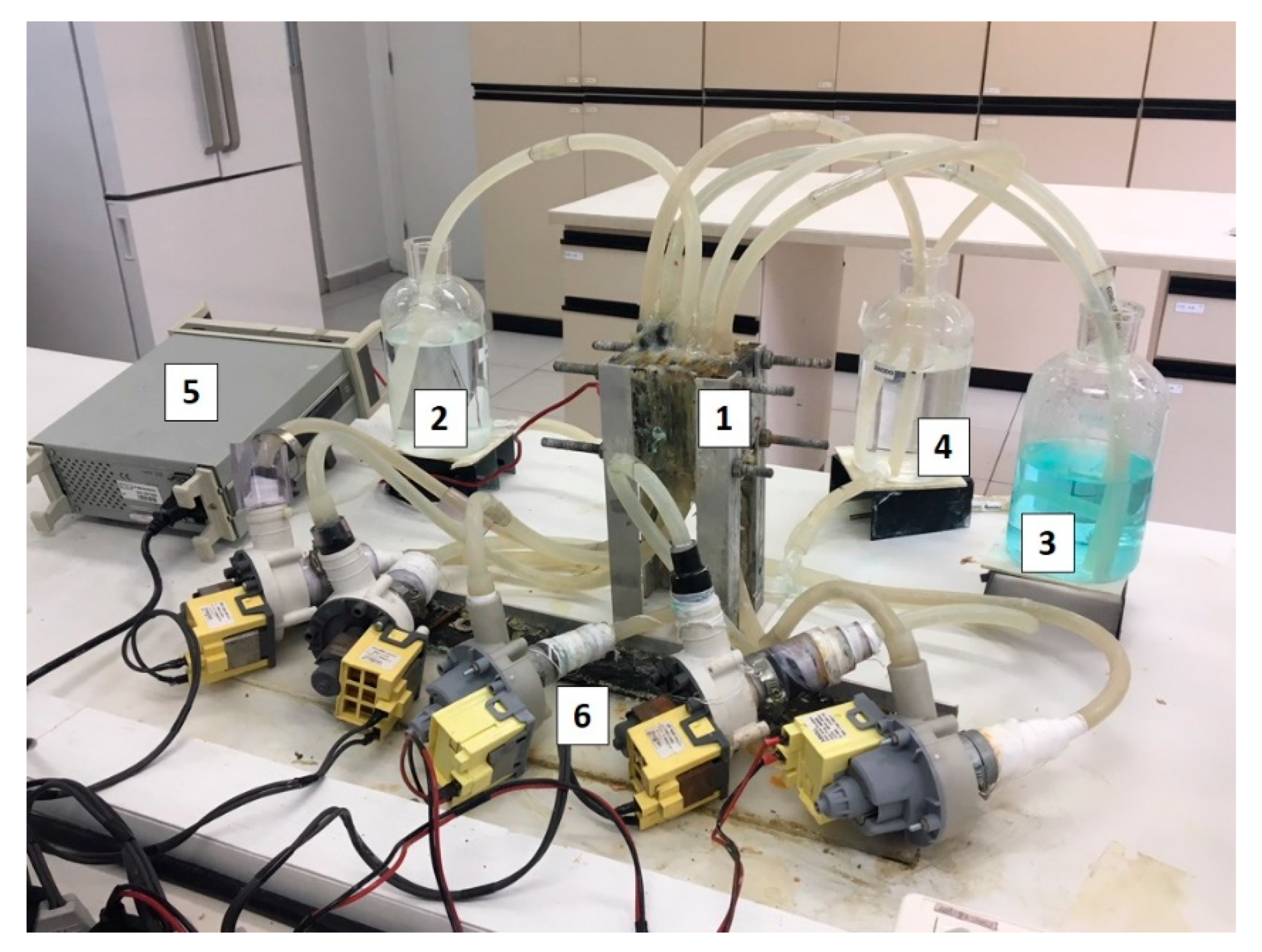
The vital signs were the following: temperature 93.2☏, respiratory rate 16 breaths/minute, pulse 120 beats/minute, blood pressure 115/81 mmHg, and pulse oxygenation 95% on mechanical ventilation. Once the patient was hemodynamically stable, he was transported to our hospital for further management. Due to the work environment, the patient received a cyanide antidote kit (sodium thiosulfate 12.5 grams, sodium nitrite 300 mg) 14 minutes after arrival at the emergency department. Following return to spontaneous circulation, the patient was hypotensive requiring dopamine and norepinephrine. The resuscitation efforts occurred for 45 minutes while the patient was being transported to an outside hospital. Emergency medical services arrived and found the patient in asystole and started advanced cardiac life support protocol. The patient was found to be unconscious in a metal chrome plating shop for undetermined duration of time near another unconscious male (Case #2). Patient is a 41-year-old male with past medical history of hypertension who presented following cardiac arrest. Here, we present two case reports following the same initial cyanide exposure with two distinct antidote treatments. There are presently two leading antidote treatments, hydroxocobalamin and sodium thiosulfate, which have been mainly described in case reports and retrospective and prospective studies to demonstrate their functional effectiveness in cyanide poisoning. Typically, cyanide toxicity treatment is initiated when there is high clinical suspicion of exposure. This process prevents aerobic metabolism, which results in diffuse clinical symptoms such as dizziness, headache, weakness, and tachypnea, with progression to seizures, paralysis, and coma.

Once internalized, cyanide binds to cytochrome oxidase a 3, a terminal complex in the electron transport chain. Most commonly, cyanide is inhaled from the thermal breakdown of synthetic compounds during residential or industrial fires.

Exposure to cyanide ions can occur through inhalation, skin absorption, and ingestion or even through metabolism. Cyanide has well known adverse effects, some of which are rapidly fatal, documented as early as 1679.


 0 kommentar(er)
0 kommentar(er)
